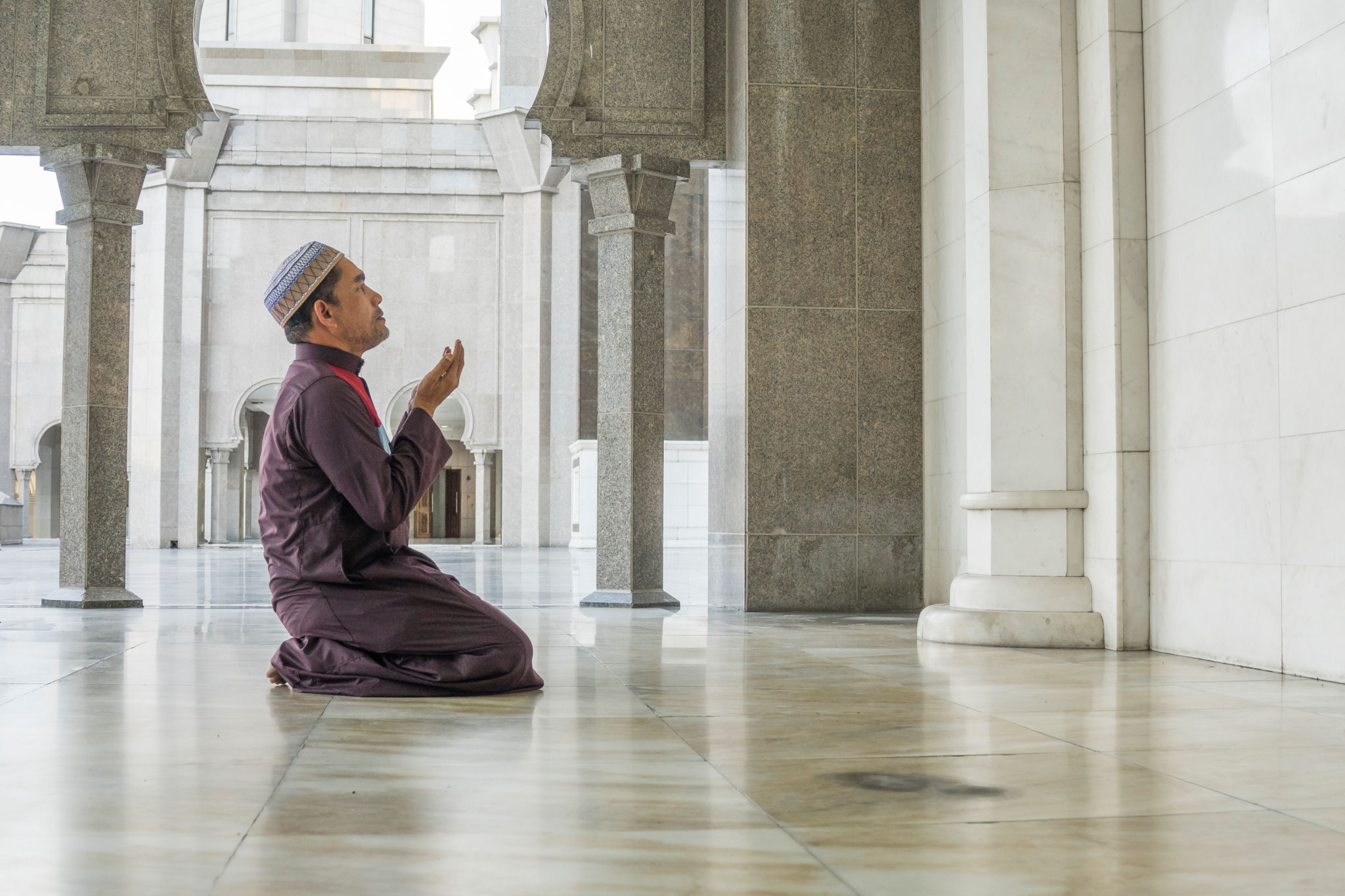Understanding the Architecture and Design of West End Musalla
Introduction to West End Musalla
The West End Musalla stands as a beacon of architectural brilliance and spiritual significance. Located in a bustling metropolitan area, it serves as a space for prayer, reflection, and community gatherings. The design and architecture of the musalla are a testament to the harmonious blend of tradition and modernity, making it a unique landmark.
From its inception, the West End Musalla was envisioned as a place where both form and function intertwine seamlessly. This blog post delves into the architectural nuances and design principles that contribute to its exceptional allure.

Architectural Inspiration and Design Philosophy
The architecture of the West End Musalla draws inspiration from various Islamic architectural traditions while incorporating modern elements. The design philosophy centers around creating a serene environment that encourages contemplation and community interaction. This is achieved through spacious halls, intricate detailing, and strategic use of natural light.
One of the most striking features is the musalla's large prayer hall, designed to accommodate a significant number of worshippers. The open-plan layout ensures that everyone has an unobstructed view of the mihrab, enhancing the collective spiritual experience.
Use of Materials
The choice of materials plays a crucial role in the musalla's design. Marble, glass, and wood are predominantly used, each chosen for their aesthetic appeal and durability. The marble flooring reflects light beautifully, adding to the overall ambiance, while wooden elements provide warmth and texture.

Innovative Design Elements
The West End Musalla is not just about traditional aesthetics; it also incorporates innovative design elements. One such feature is the roof structure, which utilizes advanced engineering techniques to create a dome-like appearance without the use of traditional domes. This serves both aesthetic and functional purposes, allowing for natural ventilation and reducing energy consumption.
Another innovative aspect is the integration of technology within the musalla. Smart lighting systems adjust according to the time of day and the number of people present, ensuring optimal illumination at all times.
Environmental Considerations
Sustainability is a key consideration in the design of the West End Musalla. The building incorporates environmentally friendly practices such as rainwater harvesting systems and solar panels. These features not only reduce the carbon footprint but also promote environmental awareness among visitors.

Community-Centric Design
Beyond its architectural beauty, the West End Musalla is designed with community engagement in mind. It includes spaces for educational programs, social events, and cultural activities, making it a hub for communal interaction. The design encourages inclusivity, with accessible pathways and facilities for individuals with disabilities.
The surrounding gardens and courtyards provide additional spaces for relaxation and gatherings, fostering a sense of community well-being. These outdoor areas are meticulously landscaped to complement the architecture, offering a tranquil escape from urban life.
Conclusion: A Modern Marvel
The West End Musalla stands as a modern marvel of architecture and design. Its thoughtful blend of tradition and innovation not only makes it a place of worship but also a symbol of cultural integration and sustainability. As you explore its corridors and halls, you are reminded of the rich tapestry of history that informs its design while being firmly grounded in contemporary values.